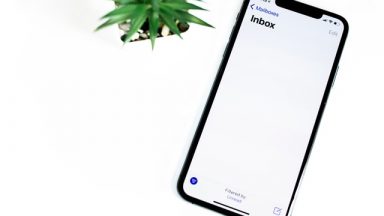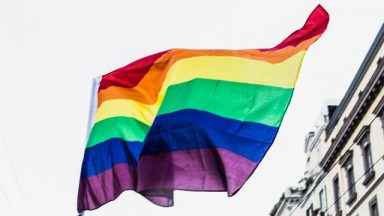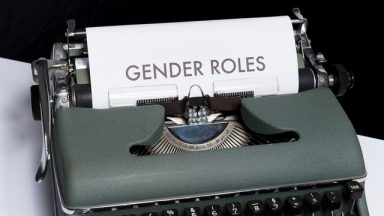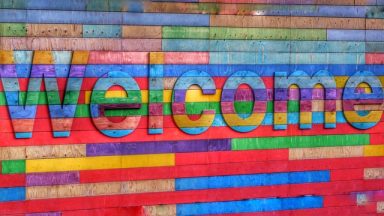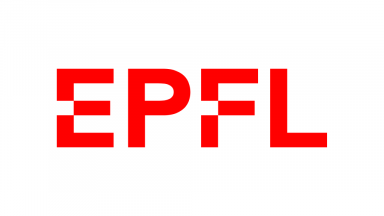What is Inclusive Language?
The goal of this website is to introduce and hopefully convince you, to begin to use inclusive language/communication in your daily life.
Language is a powerful and dynamic reflection of modern and antiquated cultural, personal and social attitudes. Because of this, many words, phrases, and expressions in our everyday language are often unintendedly exclusive towards entire groups of people.
Inclusive language is a form of communication that does not discriminate, reflect prejudice against, or perpetuate stereotypes of any particular people, group or gender. Inclusive language is a vital tool to maintain and foster a diverse, welcoming, and inclusive environment for all students and staff at EPFL.
Why Should you Use Inclusive Language?
The language we use matters.
Language actively shapes cultural and social attitudes, so by choosing to use inclusive language you are actively taking a role to promote equality and diversity, avoid stereotypes and eradicate biases. Diverse and respectful environments lead to successful workplaces and inclusive workplaces attract great minds.
When used correctly, inclusive language minimizes conflict, removes ambiguity, and addresses all people equally with respect and inclusion.
What Does Science Say About Inclusive Language?
- When “neutral” masculine terms e.g. “he/him” are used in job advertisements and interviews, it leads to women feeling less fit for these positions, and consequentially less likely to apply for those jobs [1][2].
- When “he/him” language is changed to gender-neutral “they” language in job descriptions, men on the other hand, do not experience any aversion to the job advertisement [2].
- The use of the masculine form in public polls, or court decisions can lead to outcomes more biased in favor of men and disadvantageous to women [3][4].
- Organizations and teams that are open to, and use, inclusive language communication, perform better and show increased creativity compared to those that don’t [5].
- The use of ageist language in some studies may lead to biases in the results of those studies [6].
What are Some Inclusive Language Best Practices?
This website will introduce you to inclusive language principles in various settings and around different concepts. Additionally, it features an inclusive language glossary with nearly 100 terms that should be avoided, and their alternative terms. Here are just some of the many examples of inclusive language that are featured on this website:
Using Inclusive Language at Work
Using Inclusive Language in Written and Oral Communication
Using Inclusive Language in French
Inclusive Language Glossary
What if I Make a Mistake When Using Inclusive Language?
It is OK to initially make mistakes when learning to use inclusive language. When you learn new terminology or vocabulary, it can take time before it may feel comfortable in your daily language. As long as you make a good effort to try to learn from any mistakes and speak with intention and care, you are doing your part.
If you do not know which pronouns to use with someone, the best option is the ask the individual how they wish to be addressed. Persistently or purposefully mis-gendering someone is hurtful and is a form of discrimination.
Be aware that some people may find some terms inappropriate, while others not. If you are unsure of whether a term is considered to be non-inclusive, ask the individuals for their opinion.
References
[1] Bem, S.L., & Bem, D.J. (1973). Does Sex-biased Job Advertising “Aid and Abet” Sex Discrimination?. Journal of Applied Social Psychology, 3, 6-18. https://doi.org/10.1111/j.1559-1816.1973.tb01290.x
[2] Stout, J. G., & Dasgupta, N. (2011). When He Doesn’t Mean You: Gender-Exclusive Language as Ostracism. Personality and Social Psychology Bulletin, 37(6), 757–769. https://doi.org/10.1177/0146167211406434
[3] Hamilton, M. C. (1991). Masculine Bias in the Attribution of Personhood: People = Male, Male = People. Psychology of Women Quarterly, 15(3), 393–402. https://doi.org/10.1111/j.1471-6402.1991.tb00415.x
[4] Stahlberg, D., Sczesny, S., & Braun, F. (2001). Name Your Favorite Musician: Effects of Masculine Generics and of their Alternatives in German. Journal of Language and Social Psychology, 20(4), 464–469. https://doi.org/10.1177/0261927X01020004004
[5] Lauring, J., & Klitmøller, A. (2015). Corporate language Corporate language-based communication avoidance in MNCs: A multi-sited ethnography approach. Journal of World Business, 50(1), 46–55. https://doi.org/10.1016/j.jwb.2014.01.005
[6] Schaie, K. W. (1993). Ageist language in psychological research. American Psychologist, 48(1), 49–51. https://doi.org/10.1037/0003-066X.48.1.49
